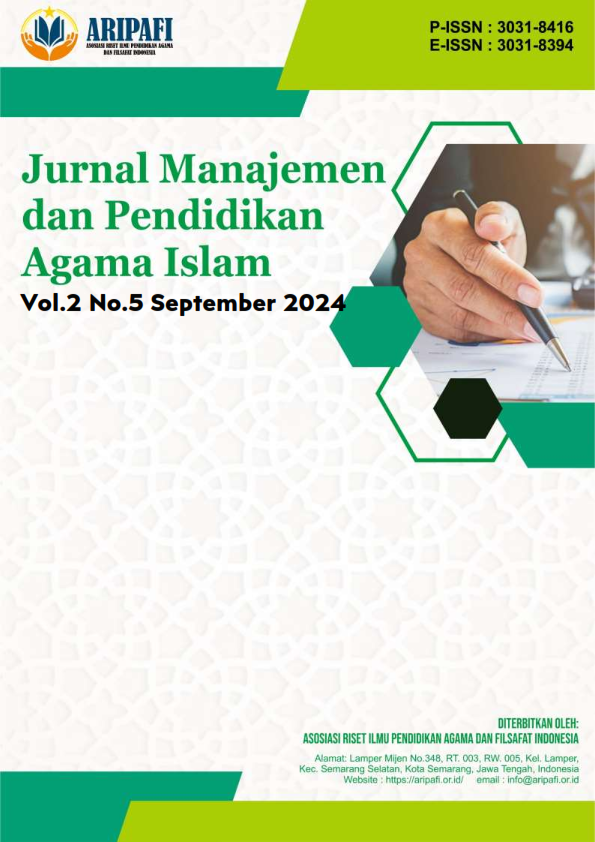Toxic di Media Sosial dalam Perspektif Hadis dengan Metode Tematik
DOI:
https://doi.org/10.61132/jmpai.v2i5.541Keywords:
hadith, social media, toxicAbstract
In today's digital era, social media has developed into a major platform for networking, sharing information and communicating. Toxic is behavior on social media that is described as destructive, hostile, and embarrassing. Conflict, societal divisions, and psychological harm can all result from this practice. This study uses a thematic method with a thematic approach. The results of this study discuss from the perspective of hadith which refers to the sayings and deeds of the Prophet Muhammad, there are guidelines and standards that can help individuals deal with harmful social media. This journal will look at the negative effects of social media from a hadith point of view, emphasizing the meaning and application of hadiths. In the results of his research, it is hoped that people will become more aware of the harmful effects of toxic social media and take steps to reduce destructive behavior and promote inclusive and healthy communication by taking into account the principles and teachings of the Prophet Muhammad.
Downloads
References
Amelia, Indah. (2021). TOXIC DI MEDIA SOSIAL DALAM PANDANGAN ALQUR’AN. 2021.
Anggreni, L. S., Nugroho, R. A., Luthfi, H. S., Kresna, I. M., & Santoso, T. B. (2019). Penggunaan kata umpatan di Twitter berdasarkan gender di pilkada Sumatera Utara 2018. Jurnal Kajian Komunikasi, 7(1), 121. https://doi.org/10.24198/jkk.v7i1.18447
Aprilia, M. (2023, Juni 22). Lampiran Hadis [Doc]. https://s.id/1NpiJ
Darmalaksana, W. (2022). Studi Flexing dalam Pandangan Hadis dengan Metode Tematik dan Analisis Etika Media Sosial.
Efendi, S. (2007). Ringkasan Kitab Hadist Shahih Imam Muslim.
Kurniawan, R. A. (2021). Pengaruh Media Sosial Terhadap Lingkungan Sosial [Preprint]. Open Science Framework. https://doi.org/10.31219/osf.io/x5pfr
Munawwir, A. W. (1997). Al-Munawwir: Kamus Arab-Indonesia (Edisi kedua, cetakan keempat). Pustaka Progressif.
Penterdjemah, J. P. (2019). Al-Qur’an dan Terjemahannya Edisi Penyempurnaan 2019, Juz 1—10. Dalam Al-Qur’an dan Terjemahannya Edisi Penyempurnaan 2019, Juz 1—10 (hlm. 283). Lajnah Pentashihan Mushaf Al-Qur’an.
Winata Putri, D. A., & Yudi Utomo, A. P. (2021). Maksud Kata Makian Pada Media Sosial Twitter (Kajian Pragmatik). Widya Accarya, 12(2), 162–176. https://doi.org/10.46650/wa.12.2.1100.162-176
نﻮﻌﺑرﻷا, ﺔﻳوﻮﻨﻟا. (2007). HADITS ARBA’IN NAWAWIYAH.
Downloads
Published
How to Cite
Issue
Section
License
Copyright (c) 2024 Jurnal Manajemen dan Pendidikan Agama Islam

This work is licensed under a Creative Commons Attribution-ShareAlike 4.0 International License.





